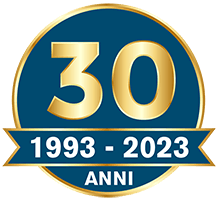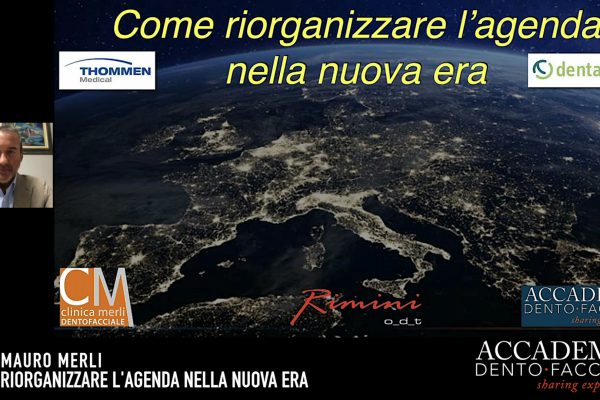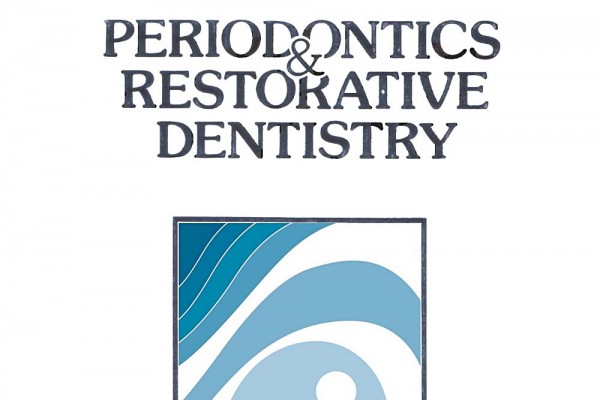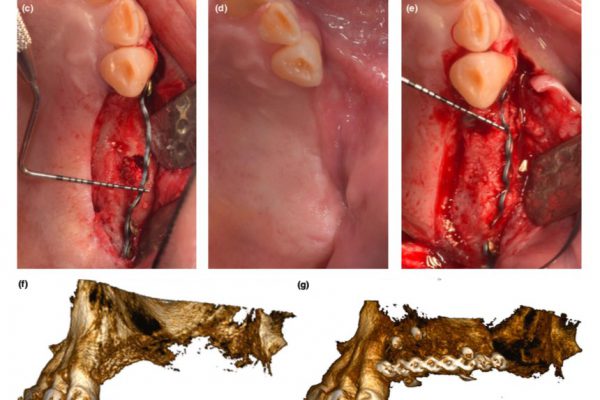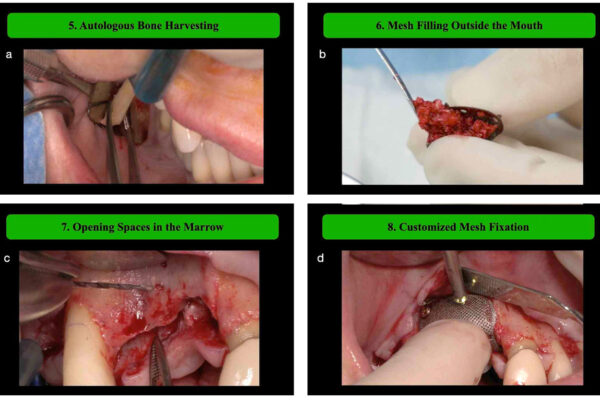Comparing membranes and bone substitutes in a one-stage procedure for horizontal bone augmentation. A double-blind randomised controlled trial.
Abstract
PURPOSE:
The objective of this parallel randomised controlled trial is to compare two bone substitutes and collagen membranes in a one-stage procedure for horizontal bone augmentation: anorganic bovine bone (Bio-Oss) and collagen porcine membranes (Bio-Gide) (BB group) versus a synthetic resorbable bone graft substitute made of pure β-tricalcium phosphate (Ceros TCP) and porcine pericardium collagen membranes (Jason) (CJ group).
MATERIALS AND METHODS:
Patients in need of implant treatment having at least one site with horizontal osseous defects at a private clinic in Rimini (Italy) were included in this study. Patients were randomised to receive either the BB or CJ treatment. Randomisation was computer-generated with allocation concealment by opaque sequentially numbered sealed envelopes. Patients and the outcome assessor were blinded to group assignment. The main outcome measures were implant failure, complications, clinical bone gain at augmented sites, and complete filling of the bone defect. Secondary outcome measures were chair-time, postoperative pain and peri-implant marginal bone level changes.
RESULTS:
Twenty-five patients with 32 implants were allocated to the BB group and 25 patients with 29 implants to the CJ group. All 50 randomised patients received the treatment as allocated and there were no dropouts up to 6-months post-loading (12 months post-surgery). There were no failures and there were three complications in the BB group and three complications in the CJ group (relative risk: 1.00, 95% CI from 0.22 to 4.49, P = 1.00). The estimated difference between treatments in the vertical defect bone gain was -0.15 mm (95% CI from -0.65 to 0.35, P = 0.5504) favouring the BB group, and the estimated difference between treatments in the horizontal defect bone gain was -0.27 mm (95%CI from -0.73 to 0.19, P = 0.3851) favouring the BB group. There was no difference in the complete filling of the defect (relative risk: 0.88, 95%CI from 0.58 to 1.34, P = 0.7688). No significant differences were detected for chair-time (P = 0.3524), for VAS pain immediately after surgery (P = 0.5644), VAS pain after 1 week (P = 0.5074) and VAS pain after 2 weeks (P = 0.6950). A slight difference (0.24 mm, 95%CI from 0.0004 to 0.47, P = 0.0464) was detected in radiographic peri-implant bone loss favouring the CJ group.
CONCLUSIONS:
No significant differences, except for radiographic bone loss, were observed in this randomised controlled trial comparing anorganic bovine bone with collagen porcine membranes versus synthetic resorbable bone made of pure β-tricalcium phosphate with pericardium collagen membranes for horizontal augmentation.
- PMID:
- 26355171

